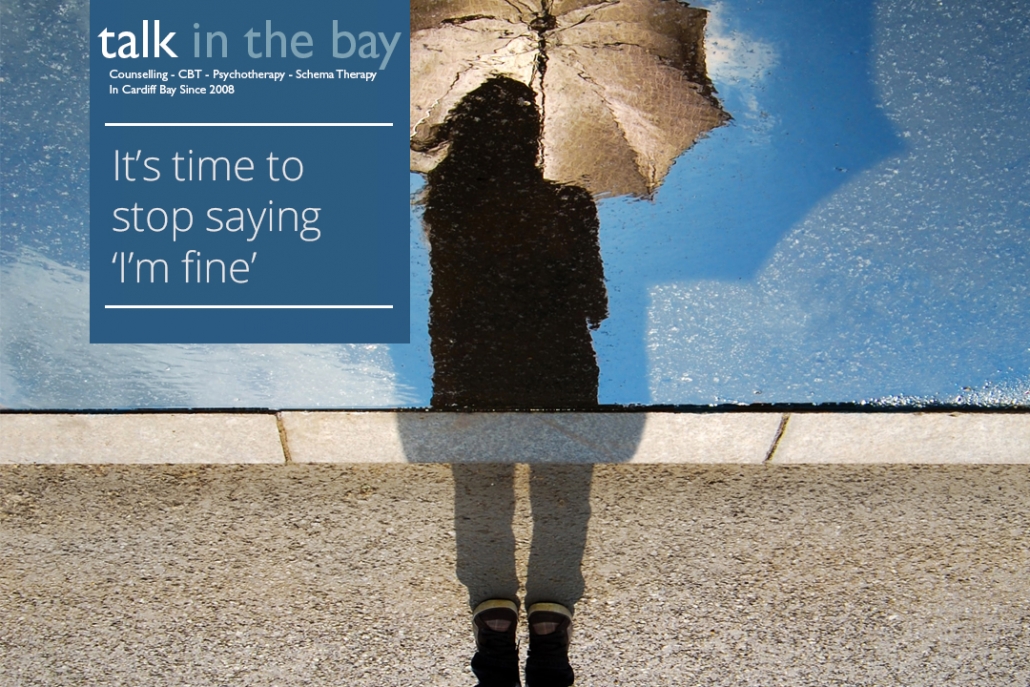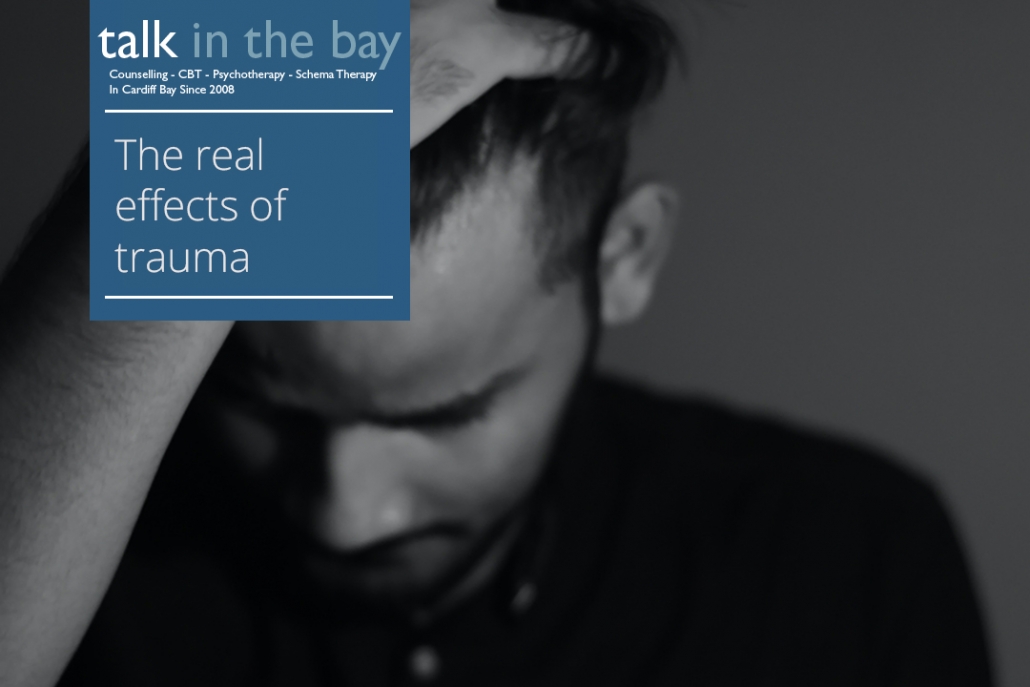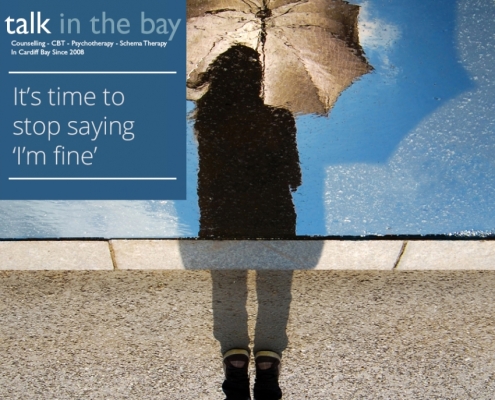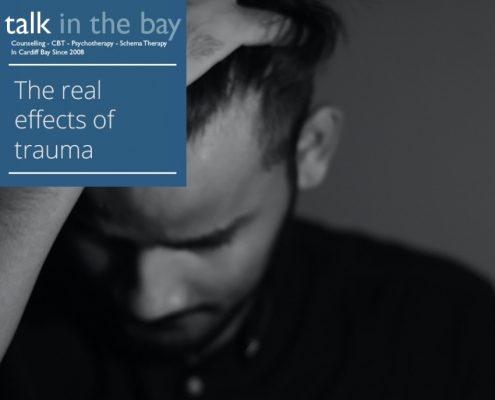What is bullying counselling?
Many people think of bullying as something that only happens in our youth. The truth is, while it is a common occurrence at school and during childhood, bullying can occur at any age. It isn’t limited to the playground either. Bullying can happen at work, online and even in your own home.
A bully is typically someone who wants to make you feel powerless, worthless or simply afraid. Experts believe bullying has three distinct features:
- deliberate aggression
- unequal power
- pain and distress.
Understandably then, being bullied can be a traumatic experience. A number of people take their own lives due to bullying. Many more go on to develop anxiety, depression and self-harming behaviours following bullying.
On this page we will look into different types of bullying, including cyber bullying and bullying at work. We’ll also discuss how counselling for bullying can help you overcome negative emotions.
What is considered bullying?
Bullying is generally defined as repeated behaviour used to hurt someone, either emotionally or physically. It can take a number of forms, including:
- Physical assault – When a bully physically harms you by hitting, kicking, slapping, pushing etc. it is also known as abuse.
- Threatening – The bully may threaten you with violence, they may threaten to spread rumours or they may threaten to hurt someone you love.
- Stealing – Bullies can steal your money or your possessions repeatedly.
- Name calling – A bully might call you names or tease you. This can happen in person, over the phone and online.
- Lying about you – Sometimes a bully may make up things about you to get you in trouble or to make you look bad.
- Putting you down – Often a bully will want you to feel bad about yourself and they may do this by telling you how worthless/useless you are.
These are just examples, but in general any repeated behaviour that makes you feel bad about yourself can be considered bullying.
Why do people bully?
There are many reasons why someone might start bullying. It could be that they are unhappy with something in their own life, and are taking it out on someone else. They may feel powerless in other areas of their life, and so bully to feel powerful. In some cases the bully is being bullied themselves.
It may even be that their friends bully and they don’t want to feel left out. Whatever the reason, it is rarely simple. If you are bullying someone, you may be worried about talking to someone for fear of getting in trouble. The truth is, many schemes and organisation run to help people who are being bullied, also help those who bully.
Speaking to someone about the fact that you’re bullying may help you understand why you do it, and hopefully stop the behaviour. If you’re at school, try talking to your teacher or if you are in employment, try talking to your boss. If you don’t feel comfortable talking to someone you know, you may find counselling beneficial.
Counselling provides a safe space for you to discuss your concerns without fear of being judged. Your counsellor will work with you to try and uncover the reason behind your behaviour and help you to stop bullying.
Bullying at school
Some people see school bullying as an inevitable part of a child’s life, building character and preparing them for the ‘real world’. The truth is, no child deserves to be bullied. Being frightened every day can be very damaging for children. It makes school a scary place to be, which understandably is not conducive to learning.
Signs your child may be getting bullied
It can be difficult to tell whether or not your child is being bullied at school. Look out for the following signs:
- refusing to go to school
- feigning illness – often headaches or tummy aches
- being short-tempered and aggressive
- seemingly anxious
- finding it difficult to sleep
- wetting the bed
- damaged or missing possessions.
Any sort of odd behaviour could be linked to bullying. To help your child, try taking the following steps:
- Talk to your child
Broach the subject when you are both calm and relaxed. Let your child know that bullying is always unacceptable and promise them that you are there to help them.
- Talk to their teacher
If you think further action is required to stop the bullying, meet with their teacher. Explain the situation so they can keep an eye on your child during school time and speak to the bullies in question.
- Talk to the head teacher
If the teacher is unable to help, you may need to go to the head teacher. Tell them everything you told the teacher during your meeting and outline what you expect them to do about it. Most schools have a strict zero-tolerance approach to bullying and will have schemes in place to stop bullying.
If you’re being bullied at school
If you are being bullied you may be scared that telling someone will make the situation worse for you. The truth is, nothing will change if you don’t say anything. Your parents and teachers are there to support and protect you, but you need to take that first step to tell someone.
Talk to your parents, your teacher or even the school nurse – anyone who you feel you can trust. Tell them what is happening and how it is making you feel. If you feel you can’t do this in person – write them a letter. If you find this difficult, you may want to call a helpline or seek help online. See our further help section for websites that can help.
Bullying at work
Sadly bullying doesn’t always end when you leave school. Bullying at work can take many forms. It may be that the bully excludes you; they might give you unacceptable criticisms, or even overload you with work. This kind of behaviour can make you feel demotivated and depressed over time.
Often, the bully will recognise that you have talent or strength and feel threatened by it. By belittling you, they are often trying to make themselves ‘look’ better to management.
If you’re being bullied at work
Don’t be ashamed to tell people you are being bullied at work. If you tell others, you may discover that it is happening to other people too. Find someone you can talk to. Maybe an employee representative, someone in human resources or even your manager. Some companies have specially trained people who can help with harassment and bullying at work.
If you think you might want to take legal action, try to keep a diary of what’s happening. This is called a contemporaneous record and will be very useful. Talking to the bully in question can also help; often when they are confronted, they back down.
If the behaviour doesn’t stop, make a formal complaint and follow your company’s grievance procedure.
 https://talkinthebay.co.uk/wp-content/uploads/2022/10/World-Mental-Health-Day-2022-e1716448698921.jpg
563
1080
Carin Stenbeck
https://talkinthebay.co.uk/wp-content/uploads/2022/02/TalkintheBay_Logo_300dpi_Large.png
Carin Stenbeck2022-10-03 13:53:512022-10-04 13:39:59World Mental Health Day 22
https://talkinthebay.co.uk/wp-content/uploads/2022/10/World-Mental-Health-Day-2022-e1716448698921.jpg
563
1080
Carin Stenbeck
https://talkinthebay.co.uk/wp-content/uploads/2022/02/TalkintheBay_Logo_300dpi_Large.png
Carin Stenbeck2022-10-03 13:53:512022-10-04 13:39:59World Mental Health Day 22




